You can find plywood in both enormous structures and the interiors of houses. Your bed, door, and closet all speak volumes about the creativity and design you put into creating your ideal home. But do you ever wonder if your plywood requires acclimating? We've researched this topic and found the best answers to this question.
Letting plywood acclimate is recommended for most woodworking projects. The plywood needs at least three days to acclimate in a climate-controlled space. Acclimating lowers moisture which prevents gaps, cracking, and warping.
You won't want to miss this post if you're new to acclimating wood. We'll go into further detail about the need to acclimate plywood, what would happen if you don't acclimate plywood, and how to acclimate it. Keep reading so you won't miss the exciting answers to these questions.
![A lot of plywood sheets are stacked. Trade in wood building materials. Close-up, Does Plywood Need To Acclimate? [And For How Long?]](https://uooz.com/wp-content/uploads/2022/08/28.-Does-Plywood-Need-To-Acclimate-And-For-How-Long.jpg)
Do You Need To Acclimate Plywood?
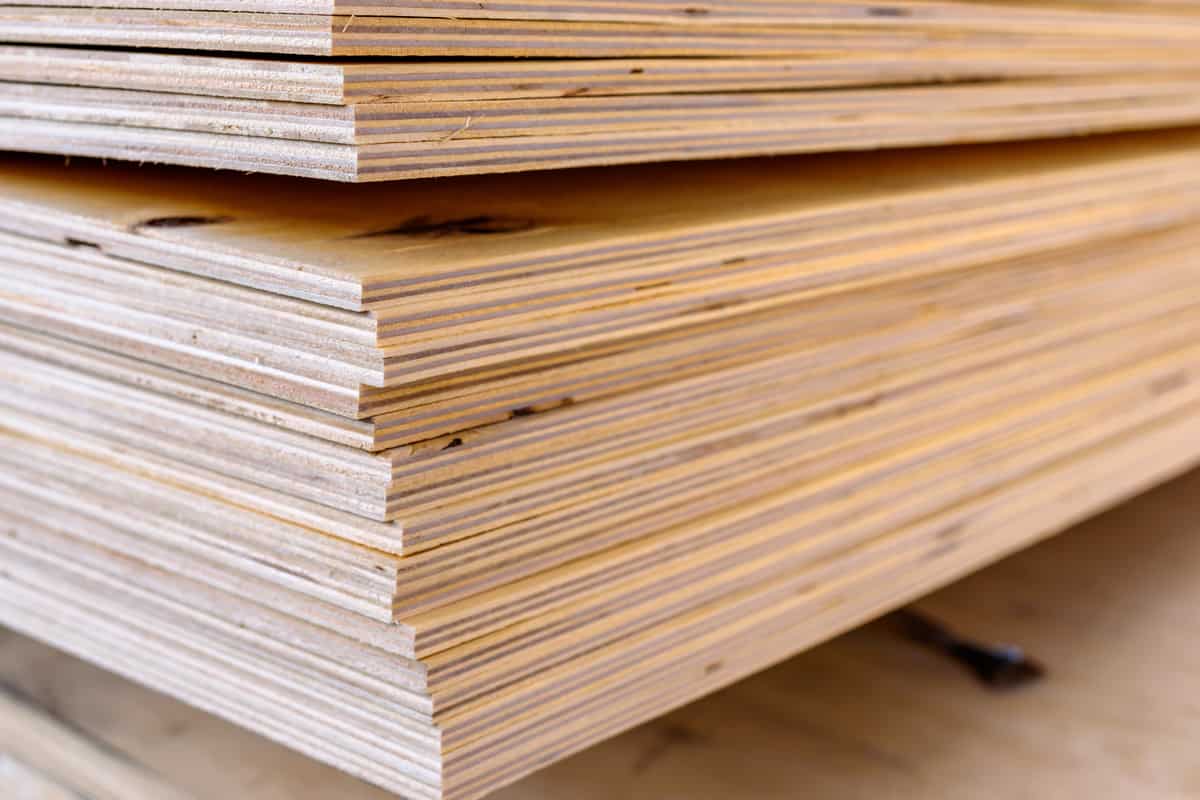
Your plywood may be subjected to extremes while transported and stored in a warehouse or store. The plywood may arrive at your place with a moisture level different from what is necessary for your installation. It takes some time for the wood to adapt to your environment.
Many things can go wrong while working with wood because of moisture. Wood moisture content should be a constant concern for anybody who works with wood, including cabinet makers, hardwood floor installers, and others who use wood in building.
Plywood absorbs moisture from its surroundings, and too much moisture absorption will cause wood to deteriorate. Due to extreme moisture variations, plywood may expand and contract.
Whether you've been woodworking your entire life or are just starting started, acclimation is a crucial step in practically every wood project. Allowing wood to acclimate means letting it become used to its new surroundings.
Acclimating wood to where it will be used or installed is an excellent approach to reducing moisture-related problems. Always allow the wood to adjust to or reach equilibrium with the RH of the end-use area.
Neglecting this will result in warping, cracking, and other issues after the wood product is constructed. To provide airflow on all sides, divide and stack panels vertically.
The time you give your wood to acclimatize makes a difference. To acclimatize or become adjusted to a new temperature or conditions, it must sit for at least three days in the room in which you will install it.
For instance, it can take the wood a few days to adjust to its new environment if you reside in a humid area. However, it may not require acclimatization if the storage facility's temperature and humidity levels are similar to those at the job site.
Click here to see this baltic birch plywood on Amazon.
What Happens If You Don't Acclimate Plywood?
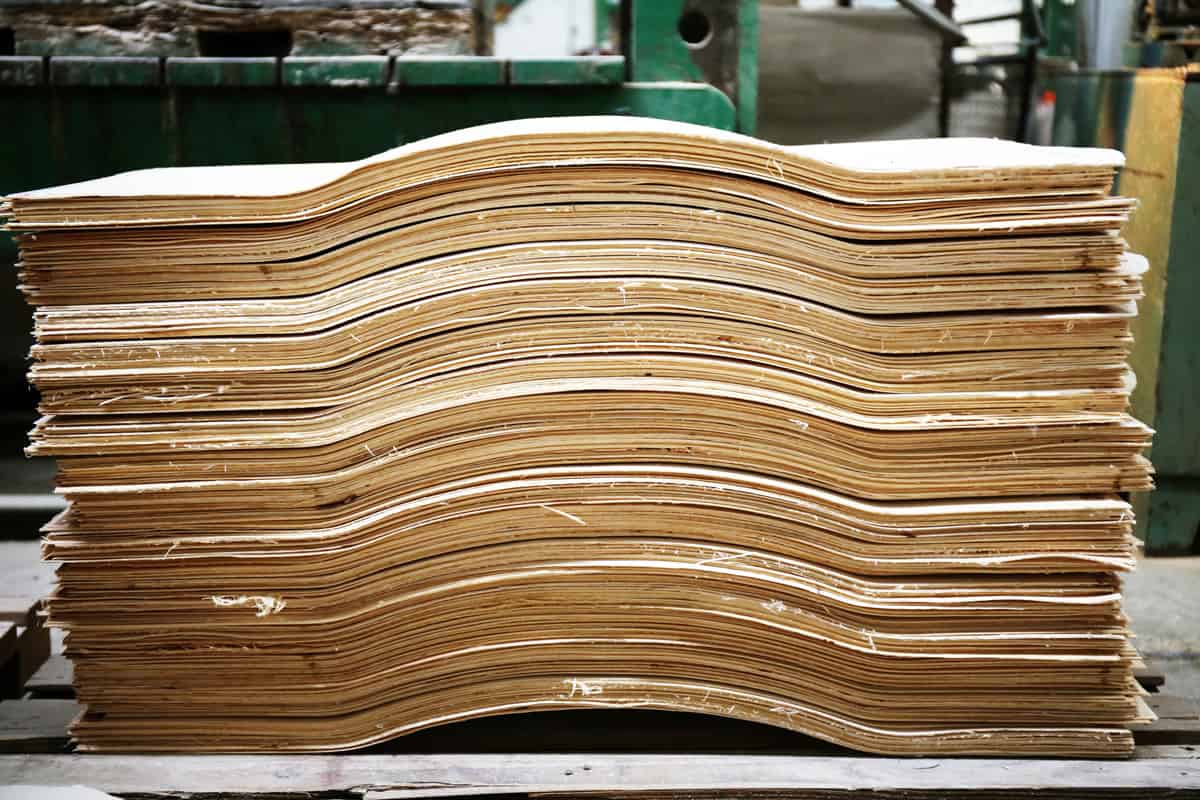
Lack of acclimatization can result in some significant issues, which is another reason why it is crucial. Problems like crowning and warping are more likely to occur if the wood isn't properly acclimated.
Always remember that wood shrinks when it loses moisture due to acclimatization. Without correctly shrinking the wood, you'll be left with glaring gaps after the cold winter weather that causes the unacclimated wood to shrink.
If your plywood is not acclimated, it results in cupping. The wood sags in the middle and might not be able to support its weight.
Unacclimated wood can also experience crowning, which is the opposite of cupping. You will top the center of the board upward. This also weakens your woodworking project's structure.
Also, wood is not meant to remain too damp. When that occurs, it becomes malleable and vulnerable to warping. Acclimating wood is a process that modifies the moisture content of the wood. All wood contains moisture, although the amount varies.
How To Acclimate Wood
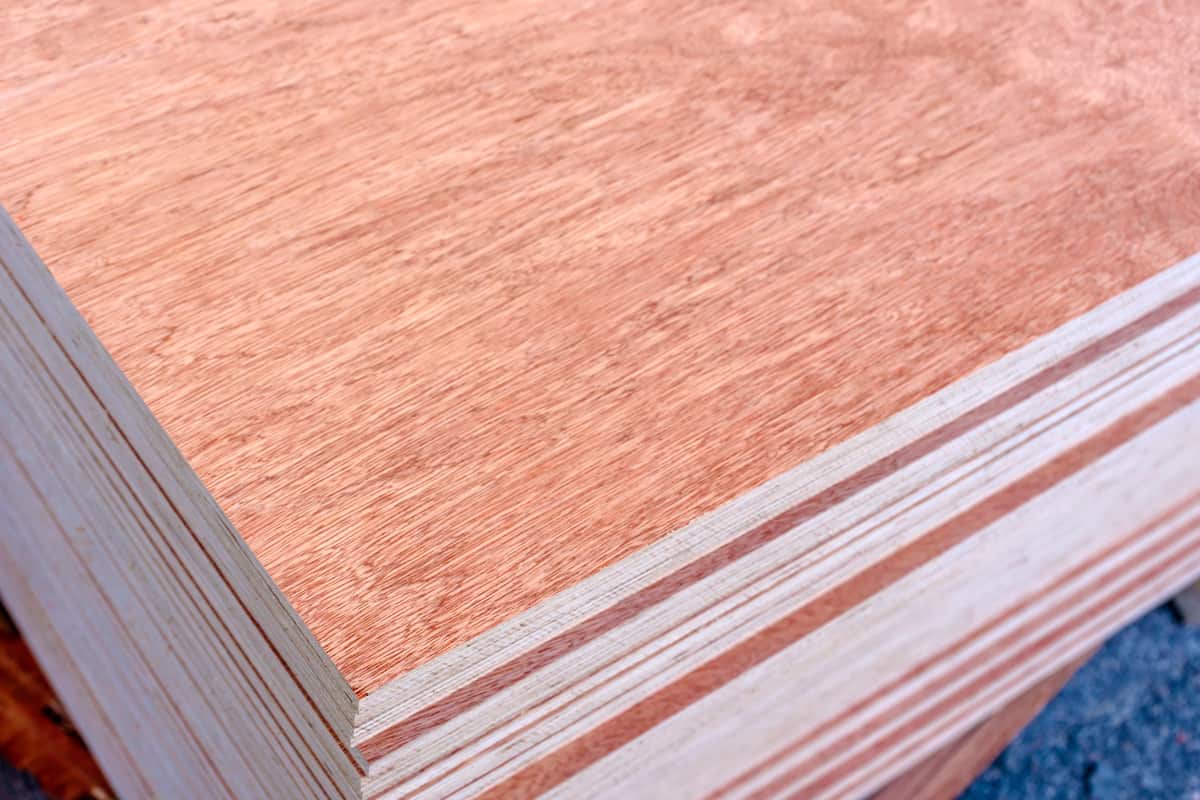
Acclimating wood products is one of the most crucial things you can do to get the best-looking installation.
Understanding the prerequisites and timeframe for acclimatization is vital because numerous variables are involved in acclimating plywood. The weather is an example of an unpredictable component that affects acclimatization time.
Anyone working with wood must know how plywood responds to environmental dampness. Wood not only gains or loses water moisture as a result of the changing relative humidity of the air, but it also expands or contracts.
The wood will shrink if relocated to a dry environment and expand if transported to a damp place. Let wood acclimate before using it to let it settle in and adapt to its surroundings before using it.
When laying your plywood, you should consider the space's humidity and temperature when choosing equilibrium moisture content. The acclimation procedure aims to bring the moisture content of your plywood to balance with the surrounding air's moisture content.
Before the plywood is delivered to the job site, a few requirements must be satisfied. The first step in acclimating to plywood is to store it correctly on the job site.
Before the wood is brought to the construction site, all wet components, basement, and crawl space areas should be finished and dried. They should be cross-stacked and spaced to promote air circulation around the boards.
When properly acclimated, wood flooring less than 76 millimeters wide won't have a moisture difference between the flooring and the subfloor of more than 4%. Before installation, you must keep the interior of the building at the proper humidity and temperature.
You should measure the moisture content of wood as soon as it is delivered to create a baseline.
It is most effective to accurately examine and measure the moisture content of 40 boards for every 1,000 square feet to record and accurately measure the moisture content of the wood.
Divide the season's high and low to determine the ideal moisture level for wood flooring. An accurate and trustworthy wood moisture meter is necessary to ensure that all of our advice is as effective as possible.
Click here to see this digital wood moisture meter on Amazon.
You may also determine the moisture content of plywood with dry oven testing. The procedure takes a lot of time, but it yields reliable results if done correctly.
Take a moisture reading for each wooden board if you have more than one because the moisture content can vary, albeit probably not significantly.
Most manufacturers advise materials to acclimate for a minimum of three days. The type of wood and product will influence how much time you should allot for acclimatization.
After acclimating, the moisture level of the wood is now compatible with the location where you will put it. It's essential to adhere to the acclimatization guidelines provided by your manufacturer.
Although the acclimatization process can take some time, the long-term quality and beauty of the wood make it completely worthwhile.
Can Plywood Be Used As Flooring?
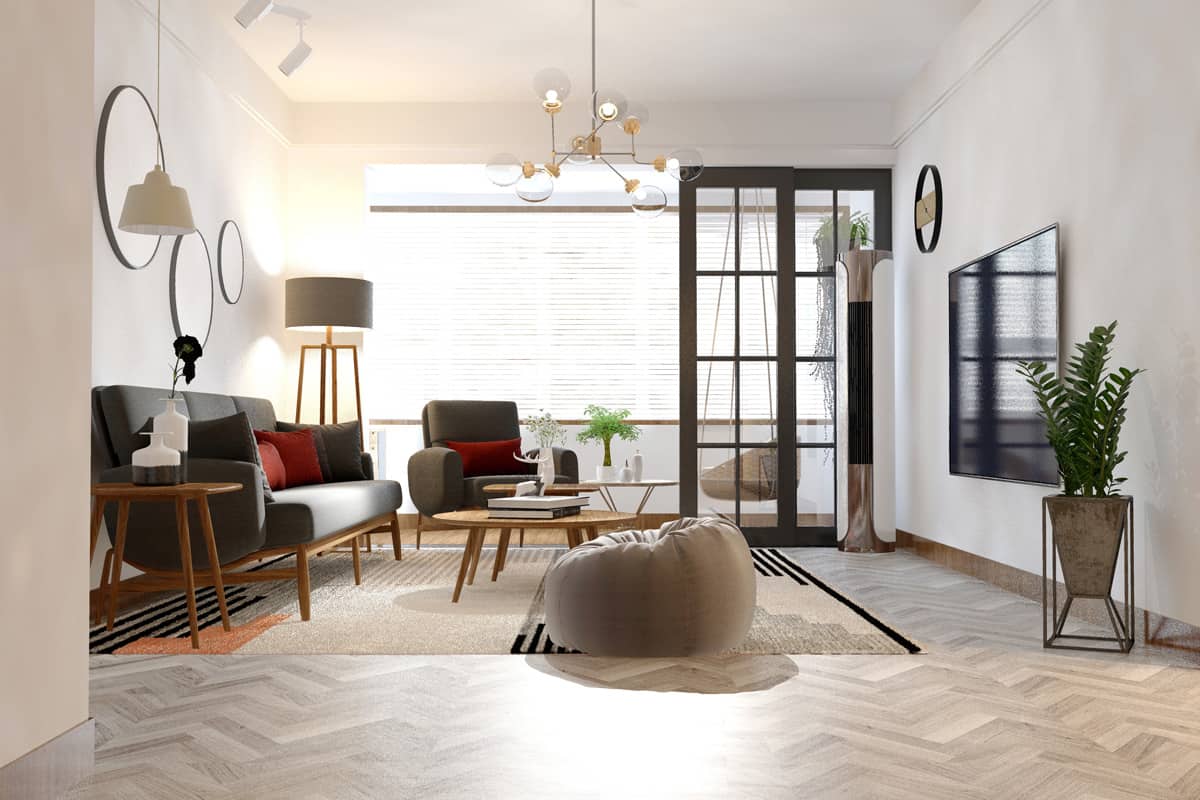
Plywood flooring is appropriate for any space where you would ordinarily install hardwood. It is sturdy, solid, and long lasting since it is built with numerous layers. One of the reasons plywood is an excellent low-cost floor material is that it has the most incredible flexibility.
Plywood can be cut into planks or unique shapes and laid out in whatever design you like. Basements are not advisable since they are frequently damp and can transport moisture from the soil to the plywood, causing it to delaminate and swell.
Can A Dehumidifier Damage Plywood?
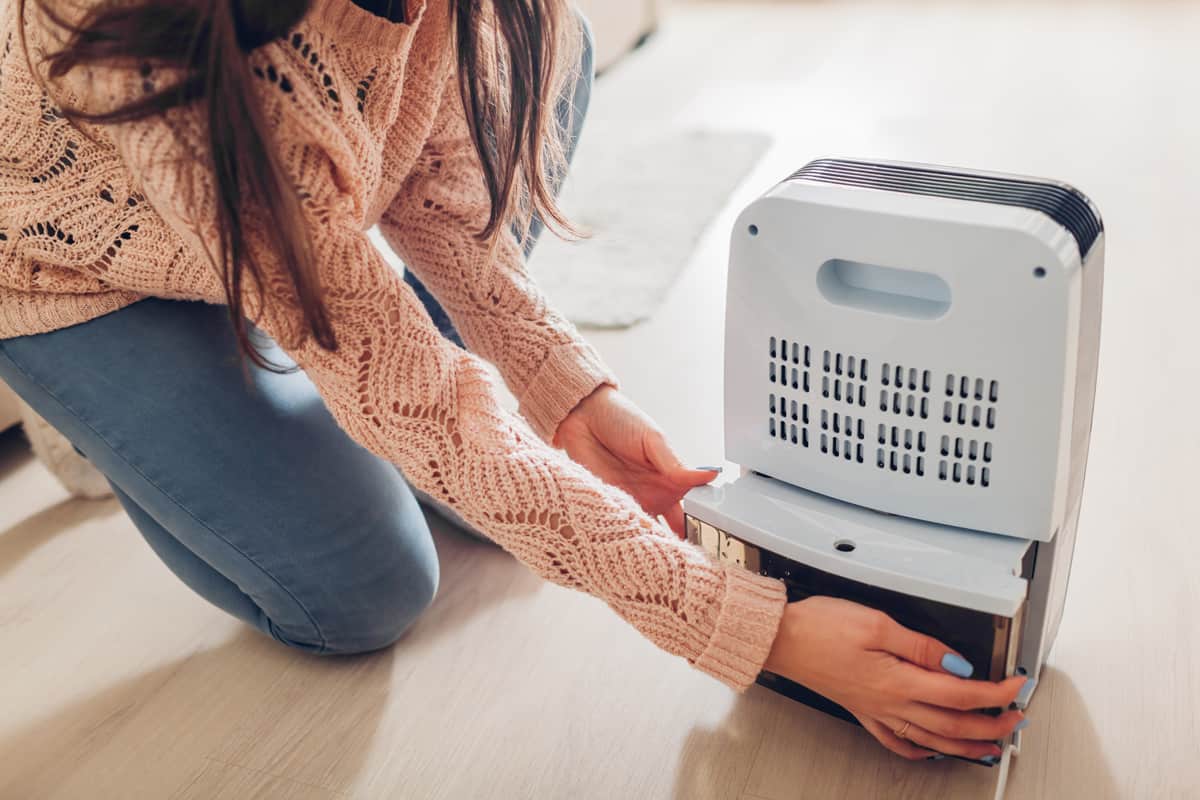
A dehumidifier in the storage area will maintain the proper moisture level for the plywood and cause no harm. The plywood will cure more quickly because of the lower humidity, which will further lessen warping.
Click here to see this Bublue dehumidifier on Amazon.
In Closing
You now understand the importance of acclimatization when installing or working with plywood. Plan so you can give your plywood plenty of time to adjust to its new surroundings and provide you with excellent performance for many years to come.
The main lesson is that although many sources state that acclimatization should occur within three days, without checking the material's moisture content, you can never be certain. Using a moisture meter is the quickest approach to determine the moisture content of the wood.
A dehumidifier is also a smart option if you have one. Although warping will probably still occur due to water hitting the wood, the dehumidifier will help reduce the amount.
We hope this post has been helpful. Before you go, kindly check out these other related posts:
Is Plywood Waterproof? [Complete Plywood Waterproofing Guide]
How Long Should Hardwood Flooring Acclimate? Can That Be In The Box?



